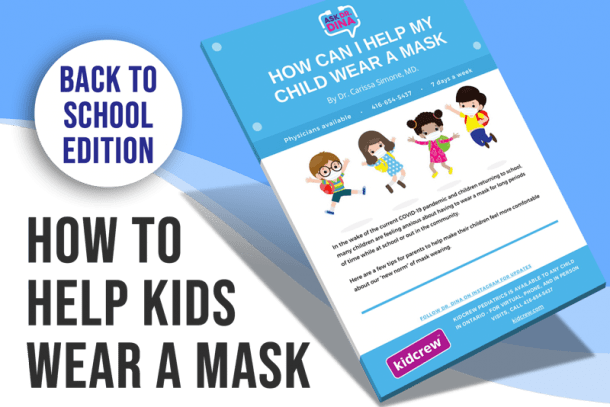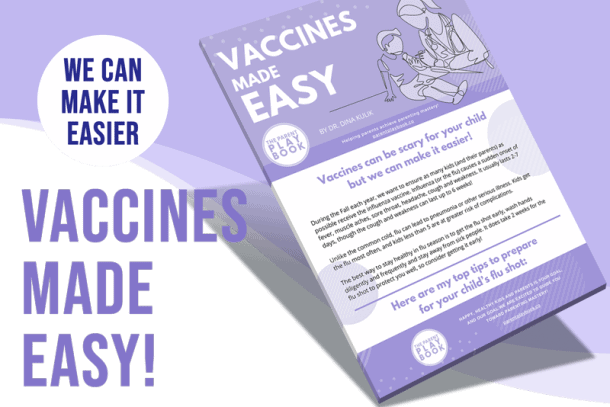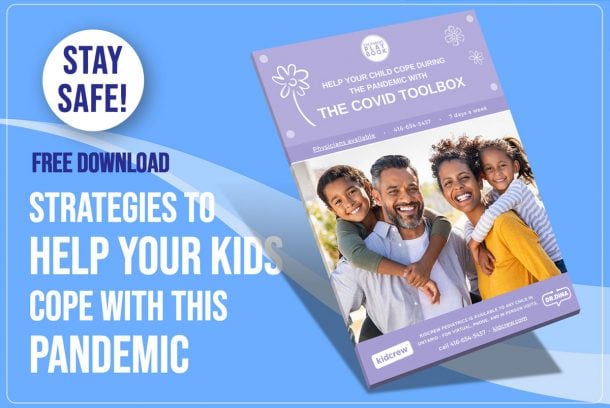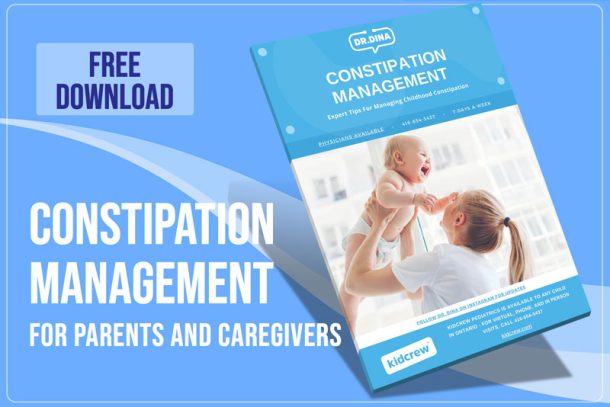Let’s talk about Vitamin D
The American Academy of Pediatrics and the Canadian Pediatric Society say babies and children should get at least 400-600 international units (IU) of vitamin D per day. Most babies, kids, and adults do not get this much vitamin D.
Is Vitamin D from the Sun? Is Vitamin D in Food Enough?
Vitamin D can be ingested in food, and there is vitamin D in milk, or we can get it from the sun. Many kids and adults do not get enough direct sun exposure to get enough natural sun-related vitamin D. To avoid sun damage, parents often keep their kids out of the sun or apply sunscreen liberally, which we encourage! We want to prevent skin damage and the risk of skin cancer, though this minimizes vitamin D absorption from the sun.
Why vitamin D is important
Vitamin D allows our body to absorb calcium and phosphorus, as these are critical to building strong bones. Vitamin D deficiency can lead to rickets, a disorder that leads bones to become soft and not properly formed. Kids at the highest risk of rickets are toddlers or babies less than two who are exclusively breastfed and do not receive vitamin D supplementation through vitamin D baby drops. Even babies receiving formula need vitamin d drops for babies if they receive less than 32 ounces of formula per day.
How Much Vitamin D Do You Need?
There are plenty of options for vitamin D supplementation, with several vitamin D babies drops out there. There are chewable multivitamins with 400 IU vitamin D, vitamin d drops for babies, liquid form, and pills you can swallow. I prefer the one drop = 400 or 600IU variety as there are often tons of added ingredients such as sugar and aspartame in other multivitamins. Most children that eat a variety of foods don’t require a multivitamin with other vitamins.
For the drop versions, parents can drop it directly into the child’s mouth, on the mother’s nipple, on a clean finger, or on a pacifier, or added directly in a bottle of milk.
How much vitamin d is too much?
Make sure that you keep the vitamin D baby drops away from curious hands. Overdose of a multivitamin can cause severe damage to a child. They can be tempting to kids, and we want to avoid an accidental overdose. Less than 50,000 IU will not likely cause harm.
Vitamin D in food
Some people can ingest enough vitamin D from food sources such as vitamin D in milk. I recommend finding a balance with feeding vitamin D in food with some supplementation. Look for foods that have vitamin D added, such as vitamin D in milk, soy products and orange juice.
Vitamin D in milk
One cup of dairy milk or soy milk has about 100 IU. Unless your child is drinking four full cups or 1 liter of milk per day, additional vitamin D-containing foods or supplementation will be needed to reach the goal of 400 IU a day, and we like to er towards 600 IU a day. Vitamin D is found naturally in eggs, oily fish, liver, beef, and cheese. However, your child will require large amounts of these foods to get the recommended daily dose of vitamin D, such as 4 oz of fatty fish a day, for example.
FAQs
How Much Vitamin D Do You Need?
Breastfed babies should receive 400 IU of vitamin D per day. Begin supplementing in the first month of life. Formula-feeding babies should receive 400 IU per day of vitamin D if they are not receiving 32 oz of formula per day.
Older children and adults should receive at least 600-1000 IU per day of vitamin D. Ideally, this comes from vitamin D-containing foods and supplementation.
Is there much vitamin D in milk?
One cup of cow’s milk or alternative has around 100 IU of vitamin D.
Who requires additional vitamin D?
If your child has a health condition that predisposed them to vitamin D deficiency or calcium loss, please ask your physician to determine how much vitamin D they should take.
Dina is a wife, mother of 4, and adrenaline junky. She loves to share children’s health information from her professional and personal experience. More About Dr Dina.











